A New Era in Space: Ensuring the Future of Biological and Physical Sciences Research: A Decadal Survey for 2023–2032 (2024)
Chapter: Biological and Physical Sciences in Space
health. Future advances could help grow food in space, manufacture materials from lunar and martian resources, and reduce the health risks of extended space exploration.
The United States has an unprecedented opportunity to lead the way, but to do so, the nation must also be at the forefront of innovation for science and technology in space. Thriving in Space: Ensuring the Future of Biological and Physical Sciences Research charts the progress, potential, and pitfalls that are anticipated, as well as approaches to pivoting as technological successes or surprises unfold over the coming decade.
Biological and Physical Sciences in Space
Imagine what might be accomplished if we could effectively grow plants for life support away from Earth, manufacture better materials from lunar or martian resources, and explore new realms of space.
Thanks to advances in BPS, what once seemed the stuff of science fiction has shifted to real possibility. Investigating biological and physical systems and related phenomena under the extreme conditions associated with the space environment is critical to launching safe and sustainable missions and inspiring new directions in space exploration, improving our understanding of how such systems function, both in the space environment and in the more familiar conditions on Earth.
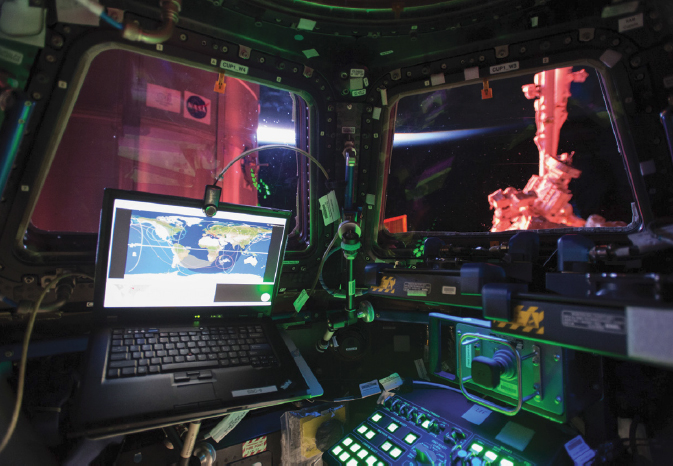
Much research in space-related biological sciences pursues identifying human health risks and possible mechanisms for reducing the risks of the space environment on biological systems of animals, plants, and microbes. These activities are related to but separate from the human research program, which centers on the effects of the space environment on the human body. The biological sciences also examine the hazards and benefits of interactions within and between organisms in the closed environments of space vehicles.
At the same time, the physical sciences comprise a wide array of phenomena and materials properties that are potentially altered
by the spaceflight environment. Some of these phenomena have practical applications, such as expanding understanding of the behaviors of the fluids and materials that support space exploration. Others are more fundamental, such as the physics that is best able to be examined with gravitational pulls much lower than those experienced on Earth, or by utilizing the long baseline distances available in space.
On Earth, these research communities and their funding sponsors may not interact much or share a common framework for scientific inquiry. In space, interdisciplinary research blurs these boundaries. Engineers and physical scientists contributing to the development of rockets, propulsion systems, and spacecraft design need to be cognizant of biological limits regarding tolerable gravity forces and life support requirements that take in the wide variety of extraterrestrial conditions of space. Similarly, life scientists working to optimize long-term adaptations to the space environment need to be aware of the tight constraints on crew time, as well as mass and volume of the supplies that can be accommodated aboard spacecraft, as well as the altered physical processes driven by space environments.

Recent Advances
Over the past decade, advances in BPS have set the stage for research directed toward enabling organisms to survive and thrive in space. This research has changed our understanding of the physical nature of the universe, led to the development of unique materials, and given insight into factors important to human, plant, animal, and microbial health.
Recent studies in the space environment include 3D printing and materials science to enable manufacturing and repair in space; the first experiments studying multigenerational growth of crops in space; new DNA and RNA sequencing capabilities in space to allow rapid response to human health changes; and the study of matter at some of the coldest temperatures ever achieved.
Studies on the uses of naturally selected or engineered microbes and plants to provide other services—including in situ resource utilization, waste recycling, and manufacturing of pharmaceuticals, chemical components, and materials—have been conducted as means of providing critical resources to space explorers located between the surfaces of Earth and Mars.
The NASA Twins Study
The NASA Twins Study included an analysis of astronaut Scott Kelly’s extended spaceflight on the International Space Station (ISS) in comparison to the Earth-based co-existence of his male twin, Mark Kelly. Scott spent nearly a year in space in low Earth orbit on the ISS. While limited in the number of test subjects, this ambitious study of humans in space both confirmed some preliminary findings developed from prior studies and uncovered surprising observations motivating future space science studies. Key results included increased knowledge about effects of prolonged flight on organ systems and fluid dynamics:a
- Gene expression, the expression of proteins encoded by DNA, changed in Scott while he was in space, and a small percentage did not return to baseline within 6 months of his return to Earth.
- Biomarkers of aging, telomeres in white blood cells, in Scott increased in length while in space, decreased upon his return to Earth, and then returned to average length half a year after his return. These surprising dynamics are important to better understand if repeatable, as they relate to stability of the genome and may differ among individuals.
- An Earth-manufactured vaccine against influenza functioned in Scott when administered in space as would be expected on Earth. This implies that immune system response was preserved during extended spaceflight for this individual, vaccine, and space environment.
__________________
a F.E. Garrett-Bakelman, M. Darshi, S.J. Green, R.C. Gur, L. Lin, B.R. Macias, M.J. McKenna, et al., 2019, “The NASA Twins Study: A Multidimensional Analysis of a Year-Long Human Spaceflight.” Science 364(6436), https://doi.org/10.1126/science.aau8650.
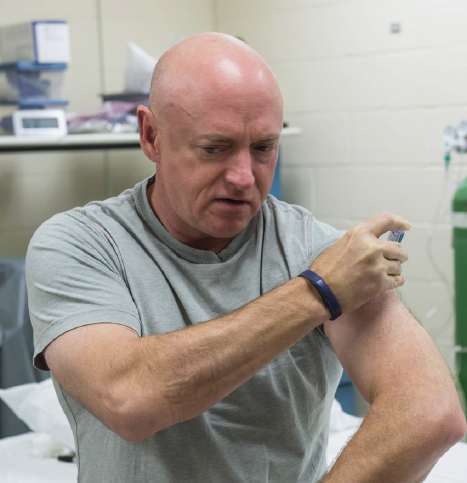

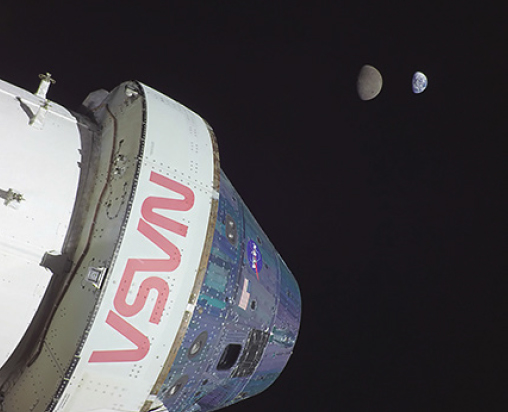
The Next Decade
Surprising discoveries in the past decade demonstrate the importance of fundamental research and bring into focus new questions to be answered in the next. Advancements in space science have the potential to address both down-to-Earth issues and mission-related challenges such as growing food in space, manufacturing materials from lunar and martian resources, and reducing the health risks of extended space exploration. Exciting opportunities exist to use the space environment to better understand principles of non-equilibrium statistical physics and complexity in matter that will be critical to future space habitats and logistics.
In the next decade, BPS research must be supported by robust funding and a high-priority research strategy. The strategy for BPS scientific priorities—and the underlying technology and workforce development required to meet those priorities—needs to be grounded in the reality that major advances require interdisciplinary expertise, sustained capital investment, and international partnerships in the public and private sector.
NASA and commercial partners are currently flying or developing a wide variety of research platforms to carry out experiments and study space-related phenomena. These platforms include drop towers, balloons, and ground-based laboratories; suborbital vehicles; and the ISS and other space-based platforms.
With the anticipated retirement of the ISS in the next decade, NASA will have to make adjustments to foster the new space ecosystem and enable the BPS and its community to continue carrying out valuable research and experiments. Private-sector development of BPS research platforms can advance national priorities. Work on science questions identified in the decadal survey would benefit from access to multiple platforms, so the NASA Division of Biological and Physical Sciences (BPS Division) should also coordinate funding opportunities with NASA’s Space Technology Mission Directorate to ensure efficient access to spaceflight and related platforms.
“Investing in fundamental discovery and technology innovation will enable the United States to make transformative advances in space, from sustaining deep-space missions and lunar habitats to discovering the origin of dark matter—and on Earth, helping to tackle challenges related to the impacts of climate change and population growth.”
The International Space Station
The International Space Station (ISS) has played a central role in our understanding of biological and physical sciences (BPS) research in space. More than 3,000 experiments have been run on the ISS over the past two decades, firmly establishing the need for and the value of science in space near Earth.
Since 2000, the station evolved from an outpost into a microgravity laboratory hosting technology demonstrations and scientific investigations from a range of fields. Hardware and laboratories inside the ISS support life and experiments in a highly controlled and habitable built space environment, and facilities outside the station provide platforms for testing equipment and performance in the extreme conditions of space.
However, the ISS is nearing retirement. Alternatives to the ISS as a location for research in low Earth orbit (LEO), and the relative priority and cost they will offer for fundamental research, remain unclear. This uncertain future affects the development pace of commercial LEO destinations for research, as well as national competitiveness and collaborations in BPS research.
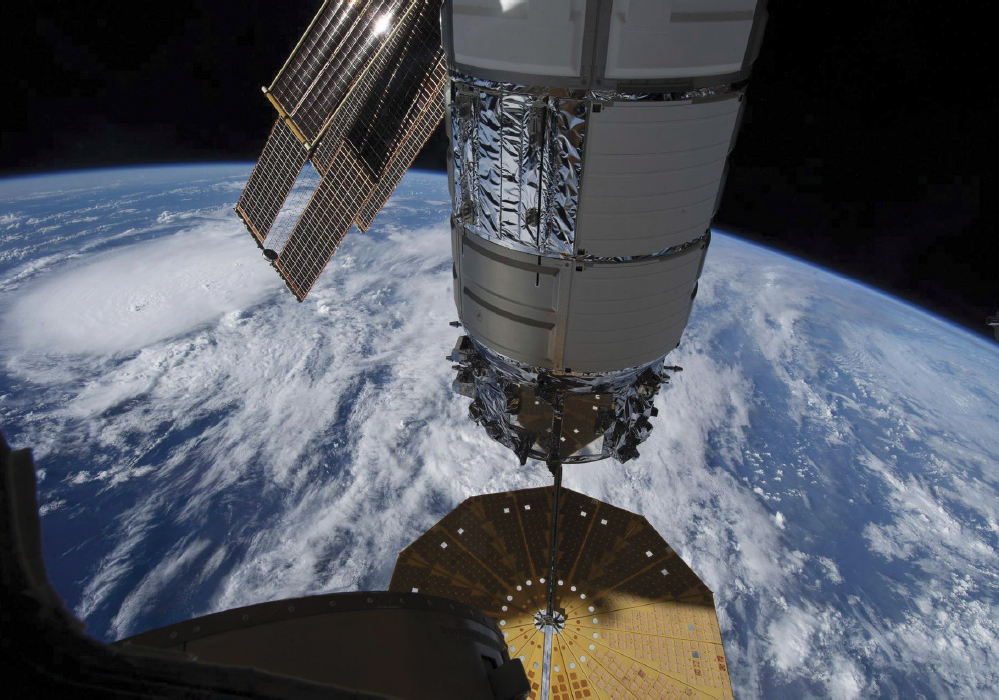
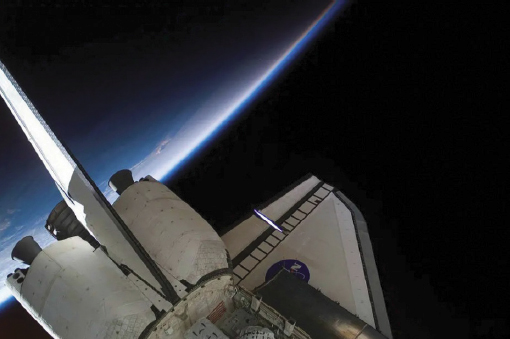
Challenges
The world is entering a new era fueled by humanity’s connection to space and marked by greater opportunities, interest, resources, and innovation than ever before. The success of NASA and the United States in fully developing this new era depends on the nation’s ability to effectively address the wide range of engineering, biological, and physical sciences needed to explore space responsibly and productively.
The NASA BPS Division, now within the Science Mission Directorate, and its science community serve as the conduit for directing and coordinating the nation’s BPS research. Federal investment in this science occurs primarily through the BPS Division.
While NASA is key to U.S. leadership of and participation in the diverse space research community, including access to the space environment for research discoveries and translation through many flight platforms, the BPS Division is severely underfunded, preventing the development of a truly robust and resilient program that can meet the space exploration science needs of the nation. To maintain its leadership role and support a robust and resilient research program, NASA’s funding will have to increase 10-fold before the end of the decade.
Because the nation benefits from global leadership in space science and technology, and given the emergence of commercial platforms that can be tasked to the nation’s science, NASA should
- Seek significant funding increases for BPS with new monies or through rebalancing the portfolio across the Science Mission Directorate, and in coordination with other U.S. government agencies, as the community needs to grow significantly in size to reach the science goals of the nation;
- Actively and quickly engage commercial spaceflight firms, using science funding as a driver, to ensure that science needs are met with clear priority, guaranteeing that national science needs are enabled along with those of potential commercial customers using those platforms; and
- Ensure that the funded science community fully engages diversity and inclusivity of researcher expertise and experience in the pursuit of the nation’s space exploration science priorities. Excluding the nation’s full range of talent and expertise will hinder our progress.
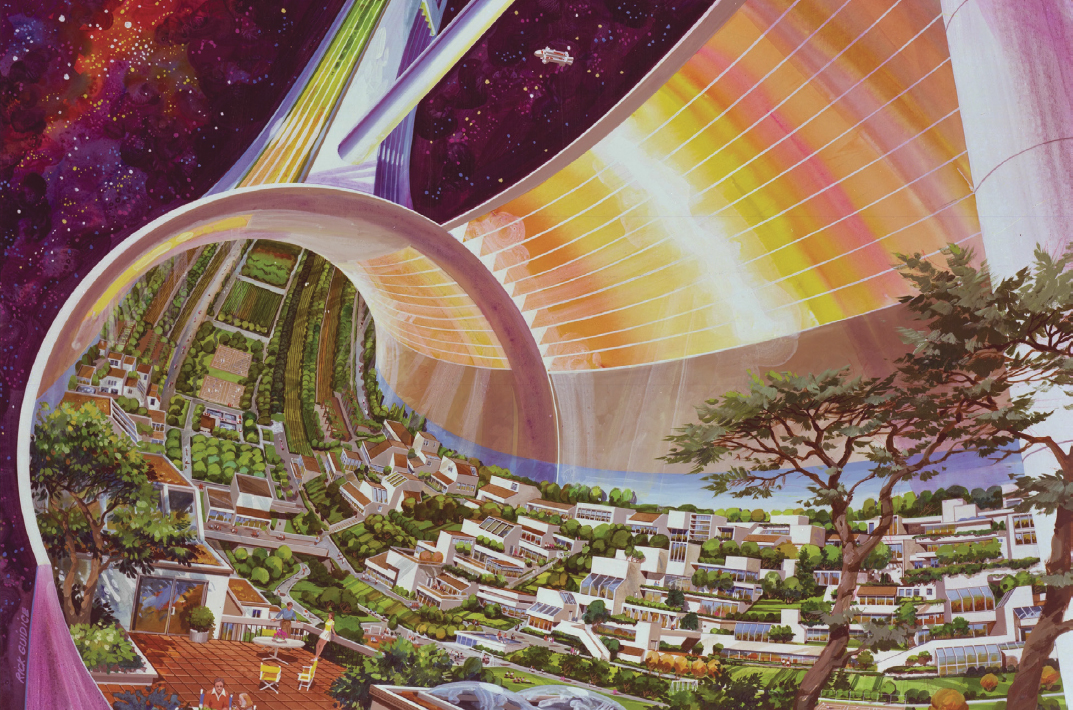
Advancing Space Exploration
Enabling human exploration of space, particularly beyond low Earth orbit (LEO), is a science challenge on the grandest of scales—and one that requires the best integrated efforts of experts skilled in dozens of different disciplines.
Space is no longer a realm solely explored and inhabited by agencies of nations. Significant commercial interests now characterize virtually all space venues, from suborbital space through LEO and on to the Moon and Mars. Private investment in space has grown from $300 million in the United States in 2012 to more than $10 billion today.1 These investments have fueled new opportunities for experiments and sending people into space.
The expansion of space programs in both the commercial sector in the United States and other nations has led to new routes to space including the transition of the ISS to commercial LEO, commercial suborbital
___________________
1 R. Bland, R. Brukhardt, W. Gangware, and D. Swartz, 2022, “A Different Space Race: Raising Capital and Accelerating Growth,” November 16, McKinsey & Company, https://www.mckinsey.com/industries/aerospace-and-defense/our-insights/a-different-space-race-raising-capital-and-accelerating-growth-in-space.
vehicles, orbital vehicles from several countries and agencies, and the Artemis lunar exploration program. These routes all provide potential science venues for BPS research and present emergent science needs that BPS researchers are well suited to address.
Return to the Moon: The NASA Artemis Program
Humans have not set foot on the Moon since the final Apollo mission in 1972. NASA’s Artemis program, a series of spaceflights, will send astronauts back to the Moon over the next decade.
The Artemis program provides a foundation for research and knowledge accumulation and expands our capabilities to extend human exploration to the Moon and beyond to Mars. Sustained human exploration beyond LEO presents science objectives and challenges not yet approached through the era of the ISS.
The first mission, Artemis I, concluded in 2022 and served as a test flight with no crew members aboard. Future Artemis missions will carry humans and further test the spacecraft systems. Eventually, an Artemis mission will take several astronauts to the surface of the Moon near its south pole.








